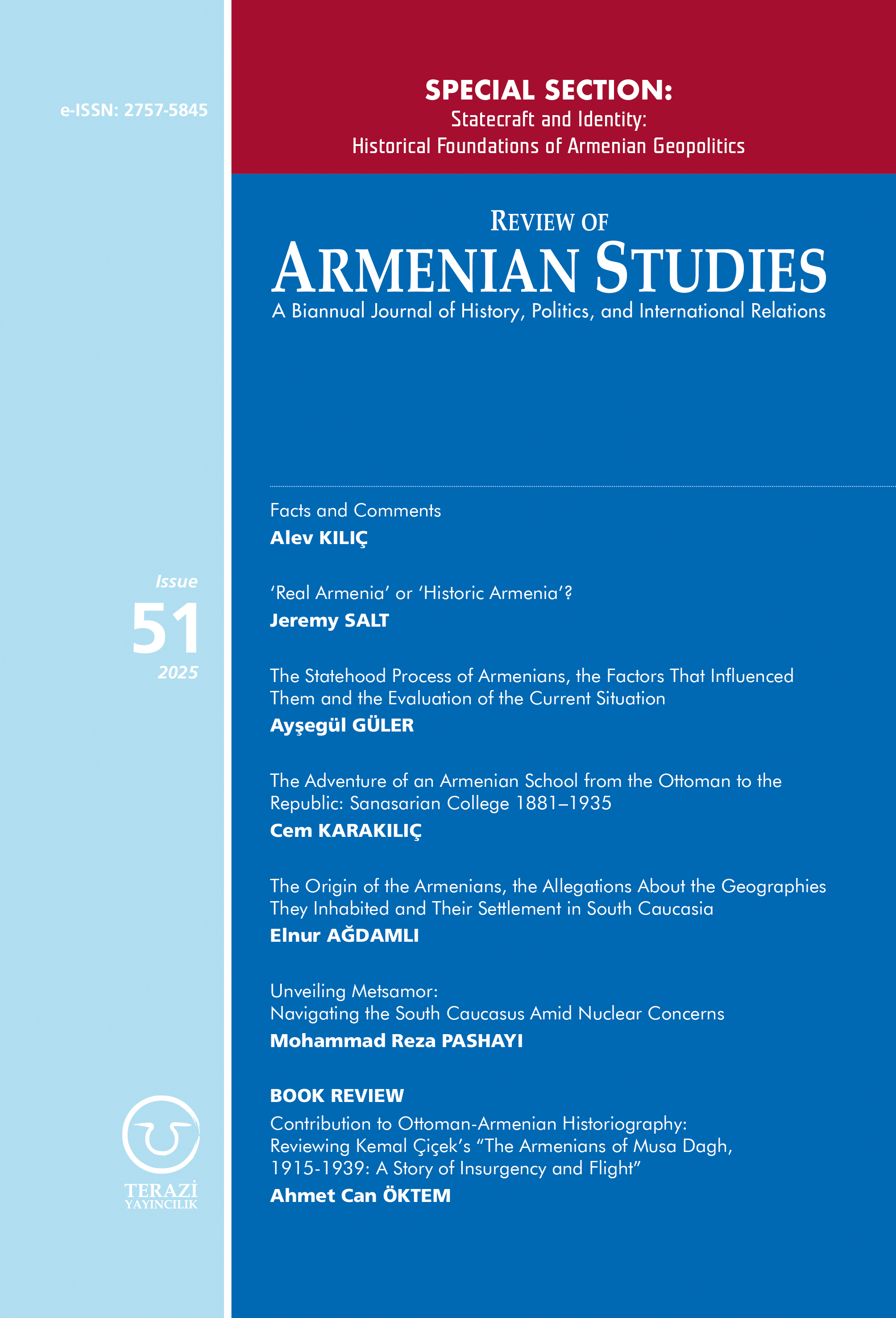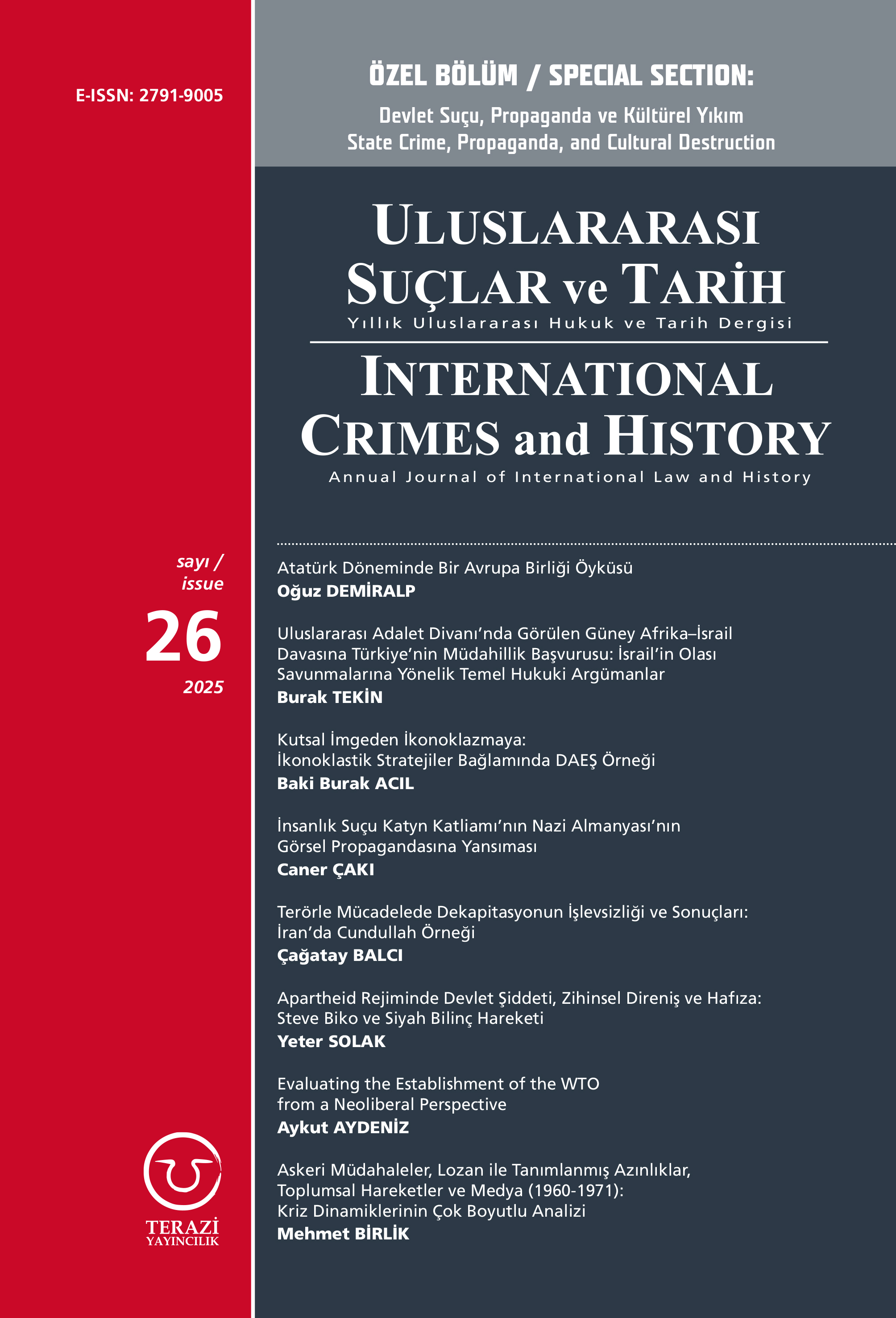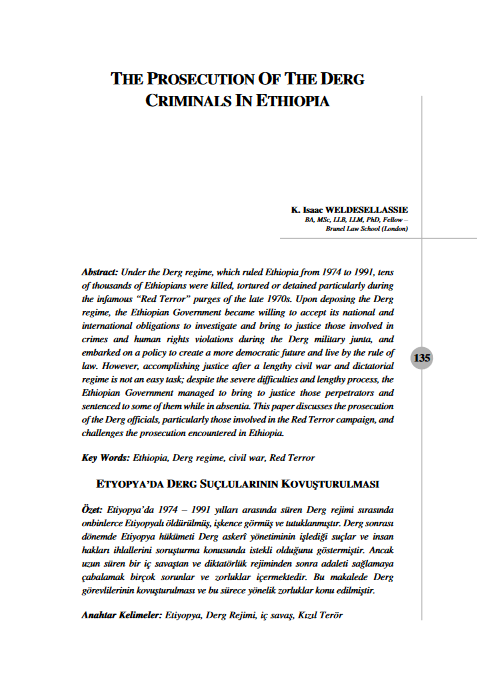
This is the English translation of a Turkish language article that was originally published by AVİM on 4 June 2025.
It is evident that Armenia has recently been trying to break away from Russia’s sphere of influence and turn towards the West. One of the manifestations of this shift are the negotiations and agreements in the energy sector. Between 30 and 40 percent of Armenia’s energy needs are met by the Soviet-era Metsamor Nuclear Power Plant. Armenia has signed an agreement with Russia’s Rosatom company to modernize Metsamor and extend its operation until 2036. Therefore, Yerevan wants to build a new plant by 2036 to meet its future energy needs and is in meetings and negotiations with the Russian Federation, France, the US, and South Korea for this purpose. Before evaluating the current developments in Armenia’s nuclear energy issue, it will be useful to briefly look at its historical background.
Armenia’s Half-Century Nuclear History: The Metsamor Nuclear Power Plant
Construction of the Metsamor Nuclear Power Plant, consisting of two units, began in 1973. The first unit began operating in 1976, while the second unit began operating in 1979. In addition to having first-generation Russian technology that is no longer used today, Metsamor poses a threat due to the inadequacy of the water used to cool the reactor and its proximity to a fault line, while also damaging the ecological balance of the region. The plant is technically inadequate due to the lack of a protective basin to store nuclear fuel and is also architecturally flawed according to the Atomic Energy Agency. After the 1988 Spitak earthquake, the plant’s reactor suffered extensive damage and was shut down in 1989 due to seismic safety concerns, yet it resumed operations in 1995. After announcing that the plant, which continues to operate despite all these risks, would be shut down in 2016, Armenia announced that the reactor’s operation would be extended until 2026 under the agreement Armenia signed with Russia in 2014. The water used to cool the reactors is discharged into the Aras River and from there reaches the Caspian Sea via the Kura River. It has also been claimed that Armenia buried the nuclear solid waste produced by the plant in the Upper Karabakh region during the occupation period. Azerbaijan has appealed to the International Atomic Energy Agency, arguing that the plant should be shut down and that it should issue the necessary warnings to Armenia. However, despite reactions from both the international community and the Armenian public, the Yerevan administration insists on continuing the plant’s operations. Located only 16 kilometers from Iğdır, Metsamor poses a serious threat to Türkiye as well. According to international law, a nuclear power plant should not be located this close to a residential area.[1] While Armenia ignores the legitimate concerns of regional countries, primarily Türkiye and Azerbaijan, as well as the international community, there are even proposals -devoid of reason and disconnected from reality- that suggest Türkiye should provide funding for a new nuclear reactor project in Armenia, despite Türkiye genuinely being concerned about the situation and sincerely wanting to improve bilateral relations.[2]
Despite all international reactions and warnings, the Armenian government has continued to operate the Metsamor Nuclear Power Plant, citing financial reasons and energy shortages. Although Armenia had pledged to close the plant by 2004 under the agreement reached with the European Union in 1999 and during its accession to the Council of Europe in 2001, it did not fulfill this commitment, referring to the country’s electricity shortage as the reason. In response, the EU proposed to provide 100 million Euros in financial support to Armenia for the creation of new production opportunities after the closing of the plant, but Armenia rejected this and demanded 1 billion Euros instead. When the EU rejected this demand, Armenia announced that Metsamor would not be shut down.[3] One of Armenia’s main arguments is that there are no energy alternatives other than nuclear power, but one of the most important factors causing this situation is being overlooked. The closure of border gates and the resulting regional isolation due to Armenia’s unresolved relations with Türkiye and Azerbaijan negatively impact the country’s energy supply security, which prevents Armenia from accessing alternative energy sources and makes it dependent on Russia.
After Rosatom repaired and renovated the Metsamor Nuclear Power Plant in 2021 to keep it operational until 2026, the latest development regarding the plant’s current fate is the agreement signed between Armenia and Russia on 15 December 2023, which includes the modernization of the plant to extend its lifespan until 2036. This development exposes the great influence Russia has over Armenia’s infrastructure and economy, in spite of Yerevan’s efforts to distance itself from Moscow. Despite its persistent efforts to diversify its political alliances and establish closer ties with the West, Armenia’s economy remains dependent on Russia, and this dependence is also evident in the energy sector. While Metsamor operates entirely on uranium imported from Russia, the production at thermal power plants is also carried out using Russian natural gas. This means that more than 70 percent of Armenia’s electricity is dependent on Russia. As the reactor will be decommissioned in 2036, the Armenian government is in search of a new nuclear unit. Although Armenia is exploring the possibility of obtaining small modular nuclear reactors from the US, France, and South Korea to diversify its energy sector, it has not made any concrete progress in this regard so far.[4]
Small Modular Reactors as an Alternative to Metsamor and the Russia-US Competition
Armenia is attempting to distance itself geopolitically from Russia and turn towards the West. To this aim, it is seeking to attract the diplomatic interest of the US by increasing investment opportunities in the mining and nuclear energy sectors. It has been suggested that a US company could undertake the construction of a new nuclear reactor to be built in place of the Metsamor plant. Although it has been reported that companies from Russia, the US, and South Korea have submitted bids, no decision has been announced yet. According to a statement by the Armenian government, the new nuclear facility is expected to become operational within 10 years.[5] The decision to change this system has been made in a context marked by growing concerns about the global climate crisis, accelerated geopolitical competition in the region following the Russia-Ukraine War, and the transition from fossil fuels to renewable energy sources. Armenia is considering the possibility of the construction of a new power plant based on small modular reactors (SMR) by the US to limit and reduce its dependence on Russia in the energy sector. Since Russia maintains the monopoly on gas supply and distribution to Armenia until 2043 under an agreement signed with Armenia in 2013, nuclear energy is seen as key to reducing dependence on Russia. Although Armenia has shown interest in American SMRs, it remains unclear how nuclear fuel would be supplied in an alternative scenario, considering that it is currently being transported from Russia to Armenia by air.[6]
Armenian Foreign Minister Mirzoyan and the then US Secretary of State Blinken signed a memorandum of understanding on strategic nuclear cooperation in May 2022. Afterwards, Pashinyan announced that a delegation would visit the US to examine SMRs.[7] Despite this memorandum of understanding, Armenia held negotiations with Russia in December 2023 regarding the construction of a backup reactor.[8] A potential cooperation between Armenia and the US in the field of nuclear technology has caused concern for Russia. Russia, aware that a new nuclear power plant built with Western technology would reduce Armenia’s dependence on it, is proactively offering project proposals to Armenia through Rosatom. In contrast, Pashinyan regards Western-made modular reactors as politically more attractive.[9] US Secretary of State Blinken and Armenian Foreign Minister Mirzoyan signed a strategic partnership agreement between the two countries in January 2025.[10] Although this agreement was signed in the very last days of the Biden administration, the process of finalizing the 123 Agreement[11] could take years, and the US’s interest in the South Caucasus remains uncertain under the Trump administration.[12] The US Ambassador to Armenia met with Westinghouse Nuclear in April 2025 to discuss Armenia’s nuclear energy sector. It is unclear whether the US company will receive the contract to build a nuclear power plant in Armenia.[13]
Russia’s Ambassador to Armenia stated in May 2025 that Russia is ready to provide Armenia with nuclear power plants equipped with reactors of various capacities that would enhance security and economic efficiency, emphasizing that nuclear energy remains a strategic area of bilateral cooperation between Russia and Armenia.[14] According to Russian experts, it is possible for Rosatom to build small nuclear power plants, and Rosatom’s advantage over other companies is that it can demonstrate its capacity by highlighting its active projects. It is pointed out that if Armenia agrees with a Western company other than Rosatom to build a nuclear power plant, this situation would bring about other changes in economic relations.[15]
Conclusion
Armenia’s orientation in the field of nuclear energy reflects a delicate balance between geopolitical equilibrium and energy security. While the modernization of the Metsamor Nuclear Power Plant allows Russia to maintain its economic and strategic influence over Armenia, negotiations with Western countries on small modular reactors can be considered as an attempt by Yerevan to achieve energy independence. However, the nuclear fuel supply process and the long-term investments required for technological transition pose significant obstacles to the rapid realization of this transformation. Although Armenia views its strategic cooperation with the US as an opportunity for energy supply security, Moscow’s countermeasures could complicate this process. In this context, how Armenia’s energy strategy will take shape is directly linked to both regional political developments and global energy trends.
In general, the debate over the new nuclear reactor that will replace Metsamor reflects the competition between Russia and the West in the South Caucasus. Considering that Metsamor will cease operations in 2036, Armenia should start building an alternative reactor as soon as possible, yet it continues to oscillate between the West and Russia. Furthermore, Armenia’s regional isolation is one of the major obstacles to increasing the diversity of its sources for energy security. In this regard, Armenia must take concrete steps as soon as possible to sign a peace agreement with Azerbaijan and then improve its relations with Türkiye.
[1] Özdaşli, Esme. “Kafkasya’nin Çernobi̇l’i̇ Metsamor Nükleer Santrali̇.” Journal of Black Sea Studies, no. 50 (March 1, 2016): 45–64. doi:10.12787/karam1064.
[2] Raffy Ardhaldjian, “Metsamor and the Politics of Environmental Pressure,” Asbarez, 2 June 2025, https://asbarez.com/metsamor-and-the-politics-of-environmental-pressure/.
[3] Baghirova, Aynura. “Enerji̇ Kaynaklarinda Güvenli̇k Sorunu Ve Nükleer Santraller: Metsamor Nükleer Santrali̇ Örneği̇.” Türk Dünyası Araştırmaları, no. 236 (September 1, 2018): 215–32. https://research.ebsco.com/linkprocessor/plink?id=caf787e1-4fe0-3f2a-9014-dad253dca12b.
[4] Lilit Shahverdyan, “Russia to revamp Armenia's nuclear power plant,” eurasianet, 21 December 2023, https://eurasianet.org/russia-to-revamp-armenias-nuclear-power-plant.
[5] “Armenia gets US attention by agreeing to a mining deal,” eurasianet, 4 March 2025, https://eurasianet.org/armenia-gets-us-attention-by-agreeing-to-a-mining-deal.
[6] Onnik James Krikorian, “Armenia’s nuclear dilemma,” Osservatorio Balcani e Caucaso Transeuropa, 2 September 2024, https://www.balcanicaucaso.org/eng/Areas/Armenia/Armenia-s-nuclear-dilemma-233054.
[7] “Armenia In ‘Substantive’ Talks With U.S. On New Nuclear Plant,” RFE/RL, 3 July 2024, https://www.azatutyun.am/a/33020695.html.
[8] Onnik James Krikorian, “Armenia Looks West to Reduce Nuclear Energy Dependency on Russia,” Eurasia Daily Monitor, 22 July 2024, https://jamestown.org/program/armenia-looks-west-to-reduce-nuclear-energy-dependency-on-russia/.
[9] Matanat Nasibova, “US, Russia compete to shape Armenia's nuclear power future,” caliber, 26 August 2024, https://caliber.az/en/post/us-russia-compete-to-shape-armenia-s-nuclear-power-future.
[10] “Armenia, US sign strategic cooperation agreement,” CivilNet, 15 January 2025, https://www.civilnet.am/en/news/812504/armenia-us-sign-strategic-cooperation-agreement/.
[11] Peaceful Nuclear Cooperation Agreements or 123 Agreements – named after Section 123 of the Atomic Energy Act of 1954 – They establish a legally binding framework for significant peaceful nuclear cooperation between the United States and its partners and provide the basis for long-term, strategic civil nuclear partnerships on a global scale. According to US law, the entry into force of a 123 Agreement is generally required before significant licenses can be granted for the export of US-origin nuclear material (e.g., nuclear reactor fuel) and equipment (e.g., nuclear reactors and major components) to another partner country.
[12] Alexander Pracht, “How Armenia’s new partnership with the U.S. is likely to affect its energy sector,” CivilNet, 20 January 2025, https://www.civilnet.am/en/news/813062/how-armenias-new-partnership-with-the-u-s-is-likely-to-affect-its-energy-sector/.
[13] “America angling for power deal in Armenia,” eurasianet, 23 April 2025, https://eurasianet.org/america-angling-for-power-deal-in-armenia.
[14] Lia Avagyan, “Russia ready to offer various nuclear reactor designs to Armenia, says ambassador,” CivilNet, 15 May 2025, https://www.civilnet.am/en/news/950634/russia-ready-to-offer-various-nuclear-reactor-designs-to-armenia-says-ambassador/.
[15] “Rosatom can offer Armenia a nuclear power plant of any model and capacity: Yushkov,” VERELQ, 21 May 2025, https://verelq.am/hy/node/160171
© 2009-2025 Center for Eurasian Studies (AVİM) All Rights Reserved
No comments yet.
-
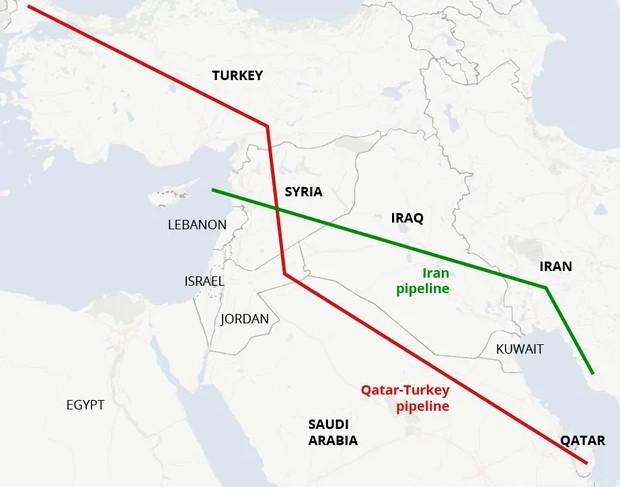 REVIVAL OF THE QATAR-TÜRKİYE NATURAL GAS PIPELINE PROJECT
REVIVAL OF THE QATAR-TÜRKİYE NATURAL GAS PIPELINE PROJECT
Bekir Caner ŞAFAK 16.04.2025 -
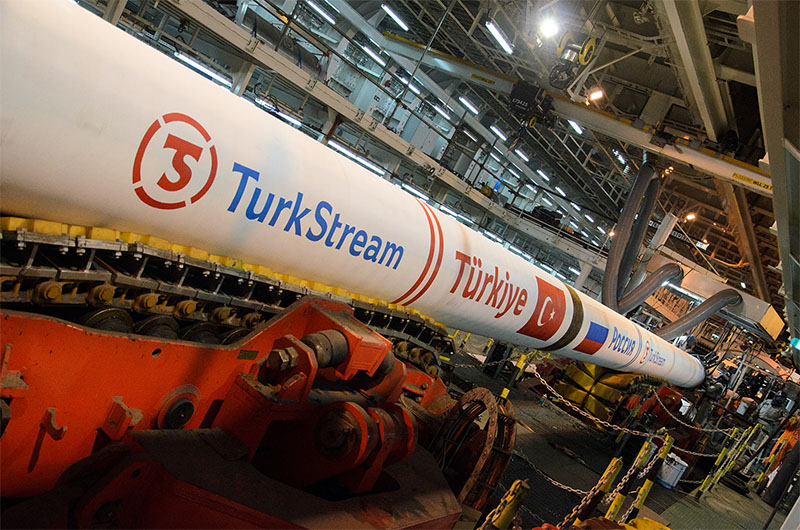 THE INCREASING IMPORTANCE OF TURKSTREAM FOLLOWING KIEV'S SUSPENSION OF RUSSIAN GAS SHIPMENT TO EUROPE
THE INCREASING IMPORTANCE OF TURKSTREAM FOLLOWING KIEV'S SUSPENSION OF RUSSIAN GAS SHIPMENT TO EUROPE
Bekir Caner ŞAFAK 17.01.2025 -
 ARMENIA’S NUCLEAR DILEMMA: CAUGHT BETWEEN RUSSIA AND THE WEST
ARMENIA’S NUCLEAR DILEMMA: CAUGHT BETWEEN RUSSIA AND THE WEST
Bekir Caner ŞAFAK 12.11.2025 -
 DEVELOPMENTS IN LINE WITH TÜRKİYE’S GOAL OF BECOMING A REGIONAL ENERGY HUB
DEVELOPMENTS IN LINE WITH TÜRKİYE’S GOAL OF BECOMING A REGIONAL ENERGY HUB
Bekir Caner ŞAFAK 24.02.2025
-
 GOLDEN DAWN IS ATTEMPTING TO REGAIN A PRESENCE IN GREECE WITH A FOCUS ON NORTHERN GREECE AND WESTERN THRACE
GOLDEN DAWN IS ATTEMPTING TO REGAIN A PRESENCE IN GREECE WITH A FOCUS ON NORTHERN GREECE AND WESTERN THRACE
Teoman Ertuğrul TULUN 15.03.2023 -
 PARTS OF A BROKEN PUZZLE: GERMANY, BREXIT, TRUMP AND TURKEY
PARTS OF A BROKEN PUZZLE: GERMANY, BREXIT, TRUMP AND TURKEY
Teoman Ertuğrul TULUN 01.06.2017 -
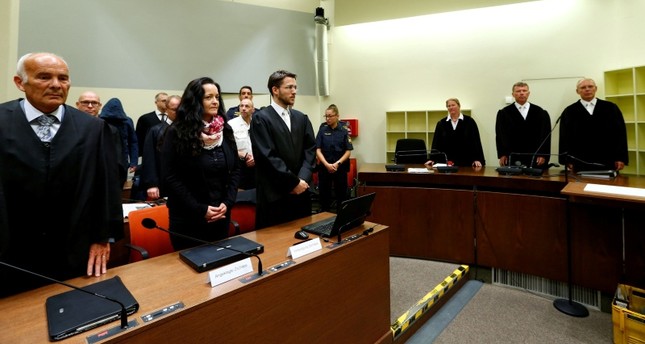 FAR-RIGHT VIOLENCE AND TERRORISM RISES IN GERMANY: NATIONAL SOCIALIST UNDERGROUND (NSU) TERRORIST GROUP AND THE MURDERS OF EIGHT TURKISH-GERMAN CITIZENS
FAR-RIGHT VIOLENCE AND TERRORISM RISES IN GERMANY: NATIONAL SOCIALIST UNDERGROUND (NSU) TERRORIST GROUP AND THE MURDERS OF EIGHT TURKISH-GERMAN CITIZENS
Teoman Ertuğrul TULUN 26.08.2019 -
 A MOVIE REVIEW: AURORA’S SUNRISE
A MOVIE REVIEW: AURORA’S SUNRISE
Hazel ÇAĞAN ELBİR 07.12.2023 -
 CHAILLOT PAPER ON BALKANS FUTURE: A CASE OF ILL-INFORMED LEADING THE ILL-INFORMED
CHAILLOT PAPER ON BALKANS FUTURE: A CASE OF ILL-INFORMED LEADING THE ILL-INFORMED
Teoman Ertuğrul TULUN 02.10.2018
-
25.01.2016
THE ARMENIAN QUESTION - BASIC KNOWLEDGE AND DOCUMENTATION -
12.06.2024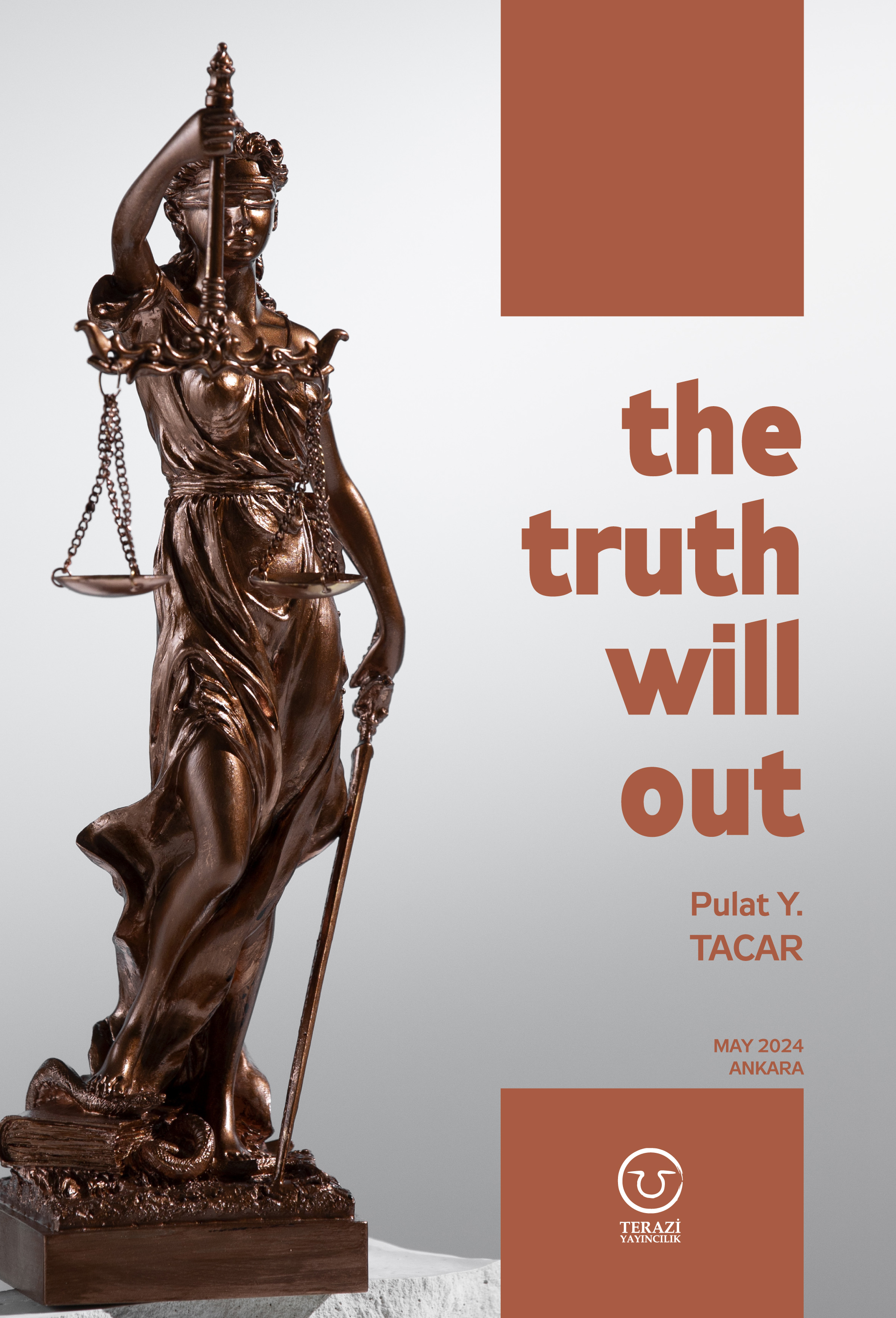
THE TRUTH WILL OUT -
27.03.2023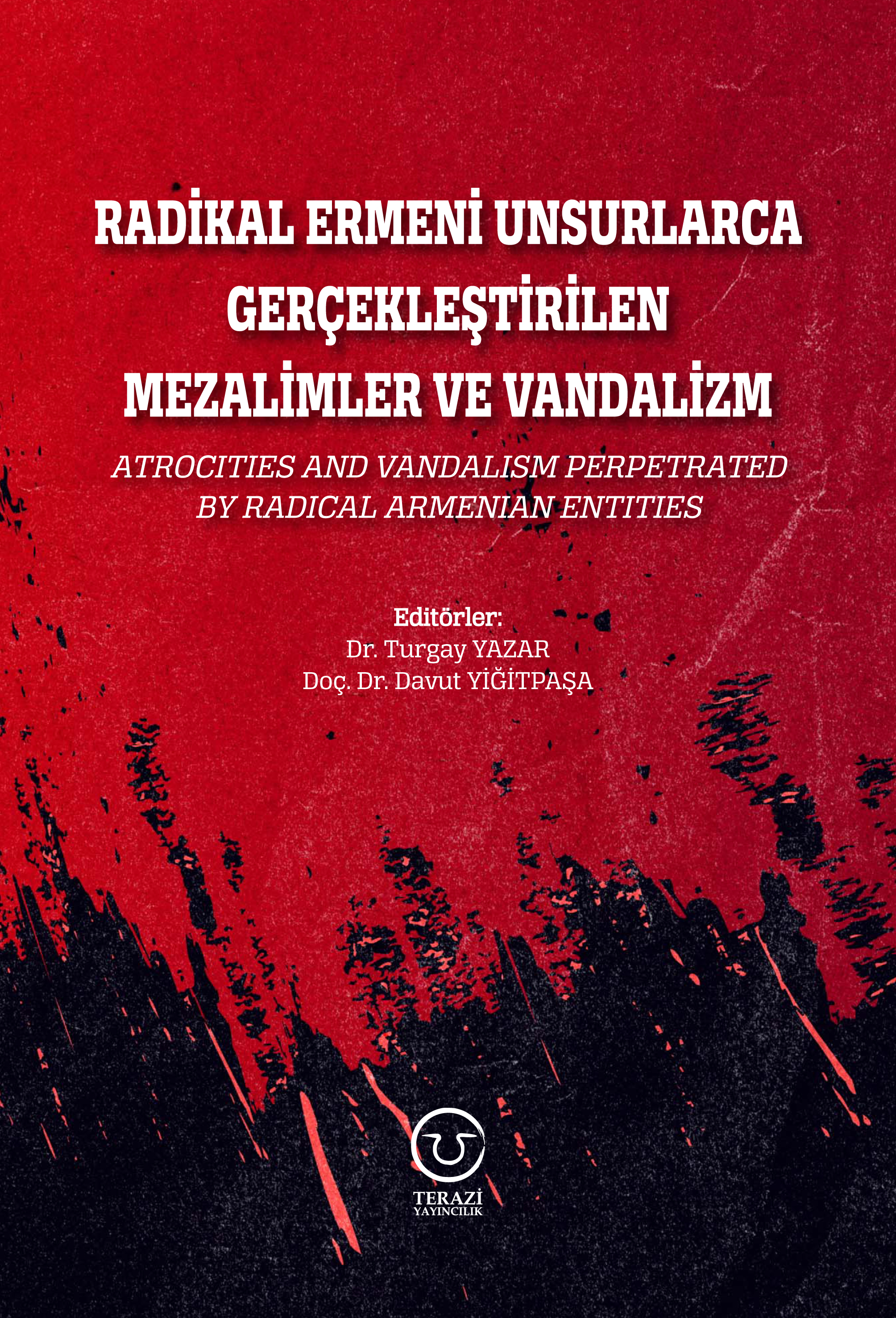
RADİKAL ERMENİ UNSURLARCA GERÇEKLEŞTİRİLEN MEZALİMLER VE VANDALİZM -
17.03.2023
PATRIOTISM PERVERTED -
23.02.2023
MEN ARE LIKE THAT -
03.02.2023
BAKÜ-TİFLİS-CEYHAN BORU HATTININ YAŞANAN TARİHİ -
16.12.2022
INTERNATIONAL SCHOLARS ON THE EVENTS OF 1915 -
07.12.2022
FAKE PHOTOS AND THE ARMENIAN PROPAGANDA -
07.12.2022
ERMENİ PROPAGANDASI VE SAHTE RESİMLER -
01.01.2022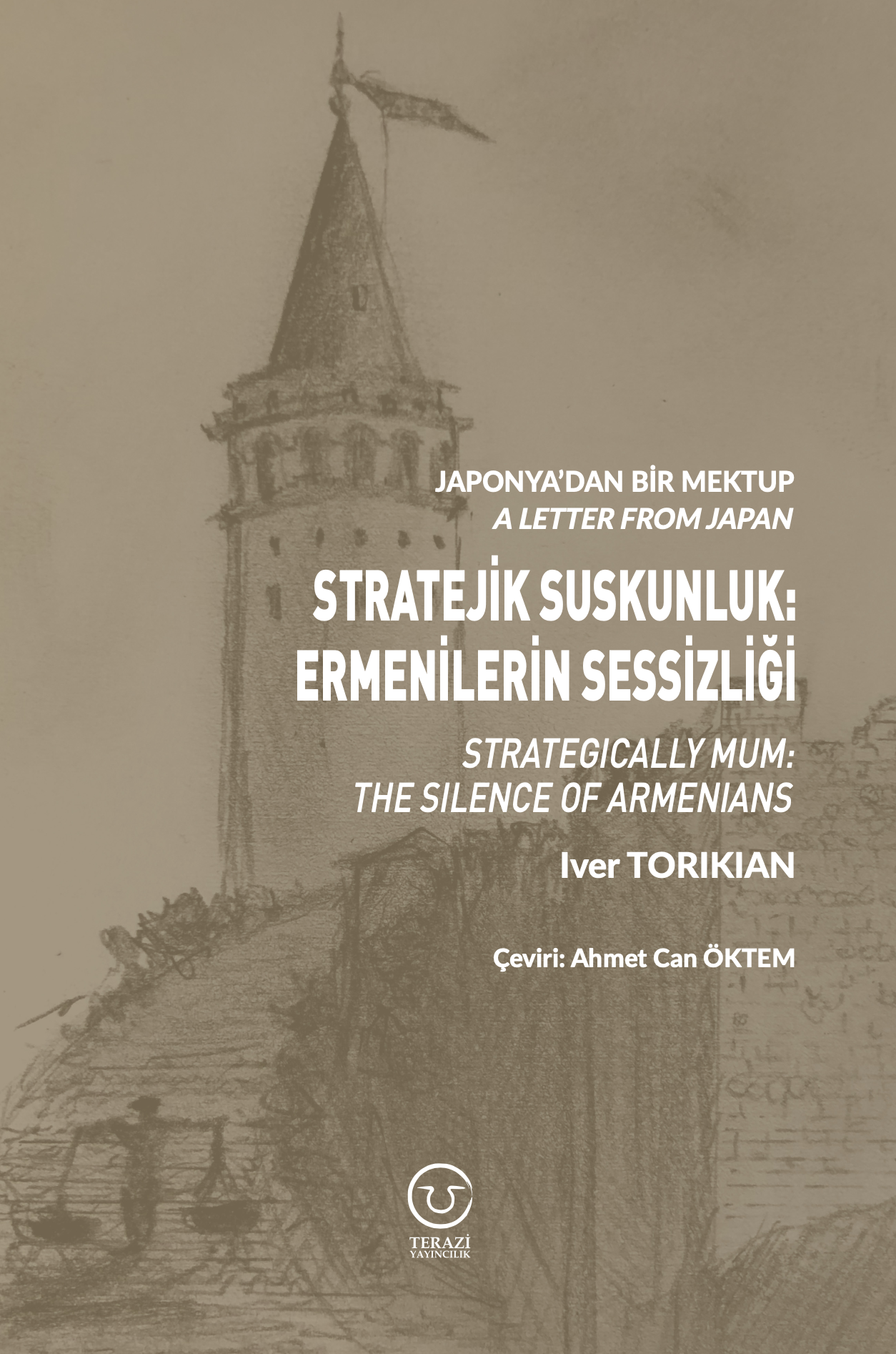
A Letter From Japan - Strategically Mum: The Silence of the Armenians -
01.01.2022
Japonya'dan Bir Mektup - Stratejik Suskunluk: Ermenilerin Sessizliği -
03.06.2020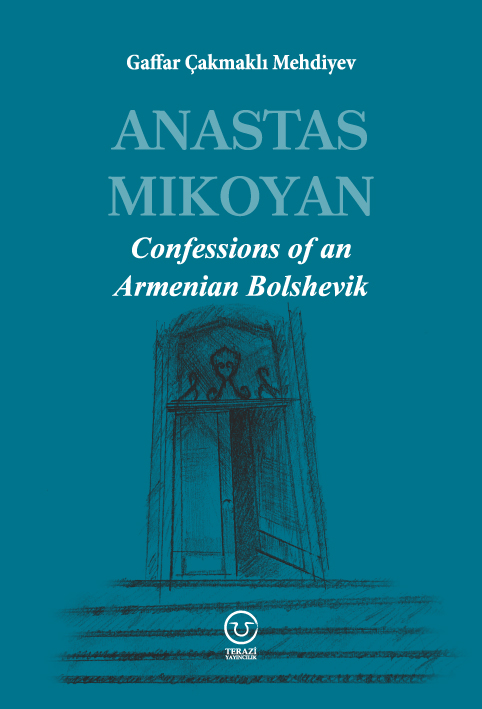
Anastas Mikoyan: Confessions of an Armenian Bolshevik -
08.04.2020
Sovyet Sonrası Ukrayna’da Devlet, Toplum ve Siyaset - Değişen Dinamikler, Dönüşen Kimlikler -
12.06.2018
Ermeni Sorunuyla İlgili İngiliz Belgeleri (1912-1923) - British Documents on Armenian Question (1912-1923) -
02.12.2016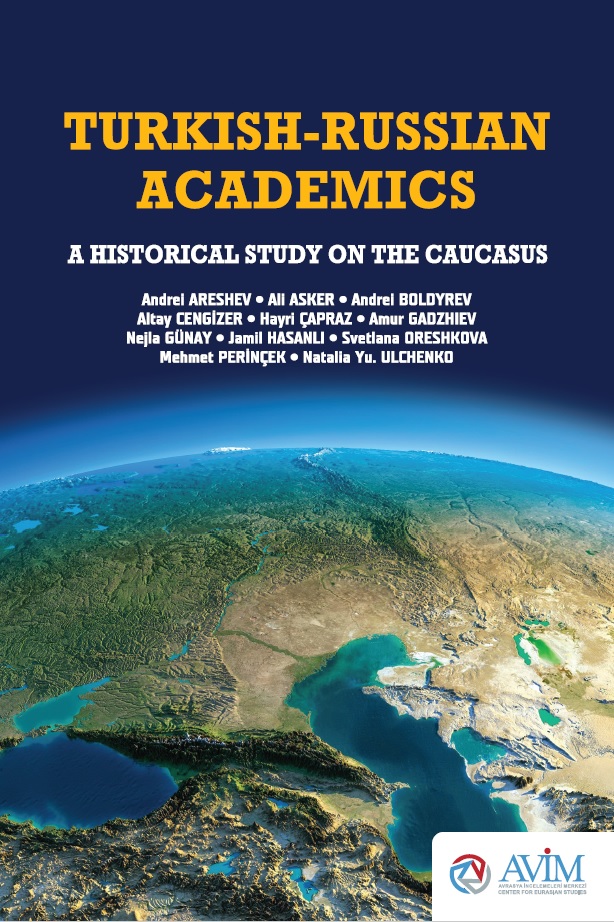
Turkish-Russian Academics: A Historical Study on the Caucasus -
01.07.2016
Gürcistan'daki Müslüman Topluluklar: Azınlık Hakları, Kimlik, Siyaset -
10.03.2016
Armenian Diaspora: Diaspora, State and the Imagination of the Republic of Armenia -
24.01.2016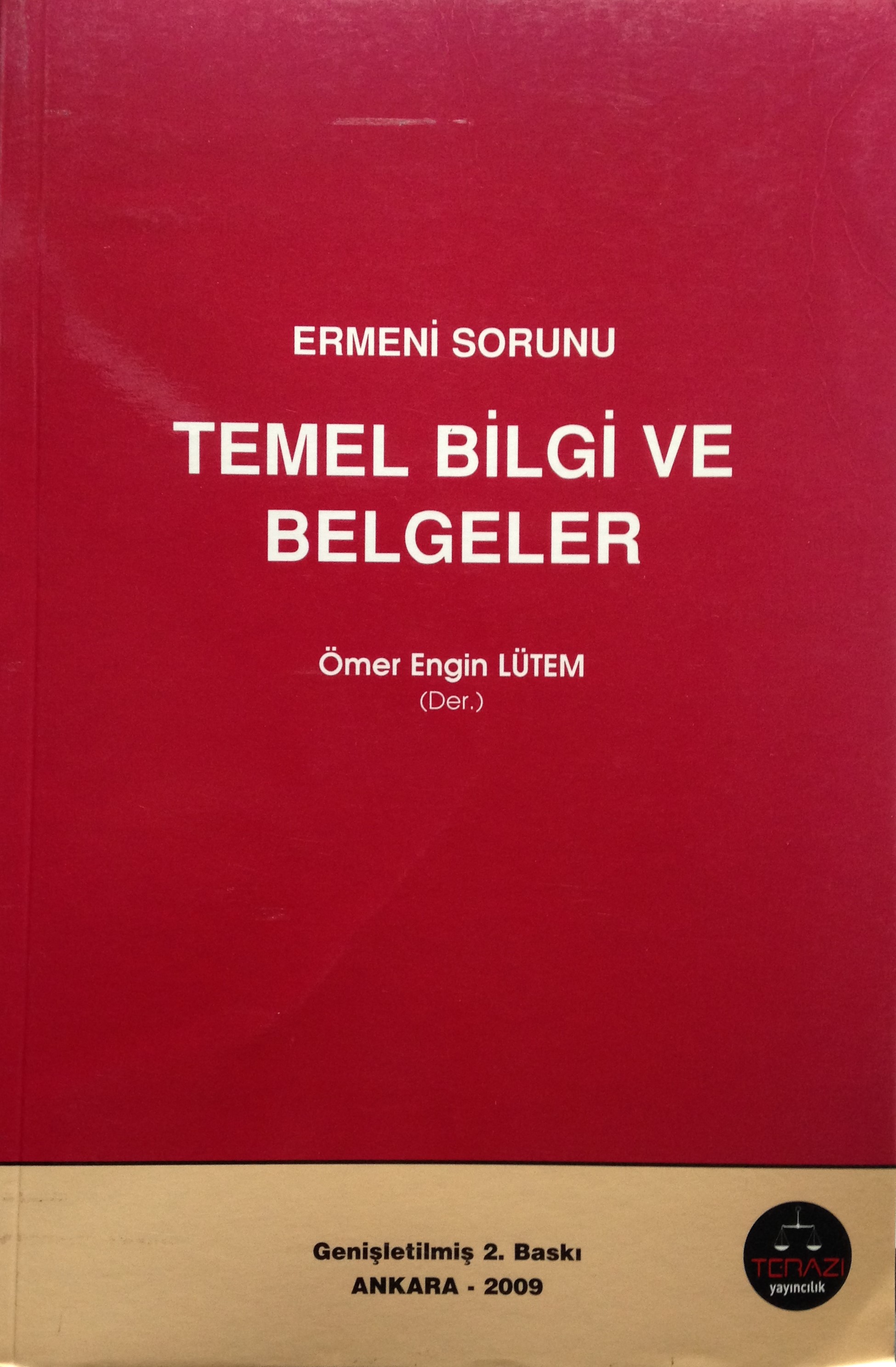
ERMENİ SORUNU - TEMEL BİLGİ VE BELGELER (2. BASKI)
-
AVİM Conference Hall 24.01.2023
CONFERENCE TITLED “HUNGARY’S PERSPECTIVES ON THE TURKIC WORLD"


